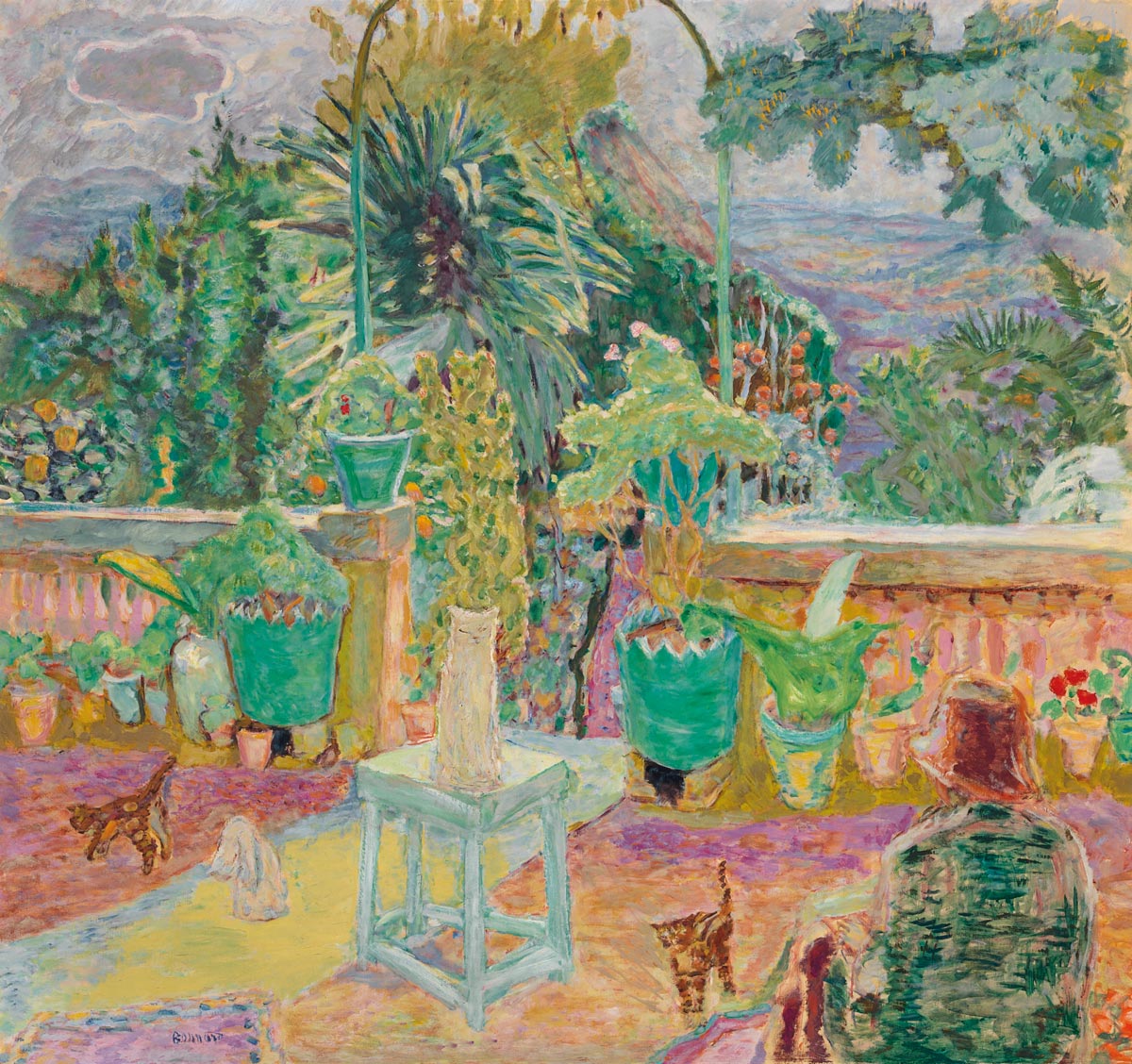Sotheby’s Impressionist & Modern Art Evening Sale on 24th June 2015 will feature Le Bar aux Folies-Bergère of 1881 by Édouard Manet, estimated at £15-20 million/ $23-30.7 million / €21-28 million depicting one of the artist’s most celebrated and iconic subjects.
In his celebrated evocation of the Folies-Bergère scene Édouard Manet produced from an everyday setting an iconic image of modern Paris. This is one of only two paintings by Manet of the Folies-Bergère - the other housed at the Courtauld Gallery in London –and therefore the only version remaining in private hands.
The Evolution of Manet’s Le Bar aux Folies-Bergère
His celebrated large-scale oil of the same title, exhibited at the Salon of 1882 and now in the collection of the Courtauld Gallery, London, is considered the crowning achievement of Manet’s career. While the two related paintings share the same subject and a similar composition, the artist’s stylistic approach to painting them differed significantly.
Unlike the painting in the Courtauld, this smaller, earlier painting (47 by 56cm) displays a remarkable vivacity and immediacy in the artist's depiction of his subject, and is executed with quick, spontaneous brushstrokes that remained barely altered as Manet developed the composition. In the mid-1980s X-ray-based research revealed further differences in approach and techniques employed.
Interestingly, beneath the surface of the Courtauld painting lies a composition that resembles the earlier painting much more closely. Manet initially transferred the composition of the earlier work to the larger canvas, and over a longer period of time made numerous changes that led to the final image: he enlarged the figure of the barmaid and depicted her in the center of the composition frontally, replacing her clasped arms with straight ones and moving the barmaid’s reflected image to a less logical position on the right, whereas the image of her male companion was moved further up into the top right corner. In the process Manet substituted the immediacy of the earlier painting -in which reality is transcribed with a wonderful vibrancy and freedom -for a composition in which the reflections of the two figures become picturesque but implausible.
The Subject of Le Bar aux Folies-Bergère
The Folies-Bergère, a Parisian variety theatre, was opened in 1869 on the rue Richer. It offered a combination of pantomime, ballet, acrobatics and music, with many bars “tended by charming girls whose playful glances and delightful smiles attract a swarm of customers”, according toone contemporary account. Manet made various sketches there, and the painting to be offered was based on an ink sketch depicting a barmaid engaged in a conversation with a man, both figures reflected in the mirror behind her.
Previous ownership Le Bar aux Folies-Bergère remained with the artist until his death when it was inherited by his widow, Suzanne Manet (née Leenhoff). It was subsequently given to Edmond Bazire, a friend of Manet’s who had written the first monograph on the artist’s work in 1884. The painting was eventually procured by Paul Durand-Ruel from whom the renowned Viennese art collector Dr Hermann Eissler acquiredthe painting. In 1926 Franz Koenigs, one of the leading collectors of his day, bought the work through the Amsterdam branch of Paul Cassirer's dealership, which had it on consignment from the estate of Dr Eissler's brother Dr Gottfried Eissler. While much of Koenigs’ collection is now housed in Rotterdam's Museum Boymans, this painting by Manet remained in the family’s own personal collection until 1994 when it was last sold at Sotheby’s London for £4.4 million. It was later acquired by the present owner.
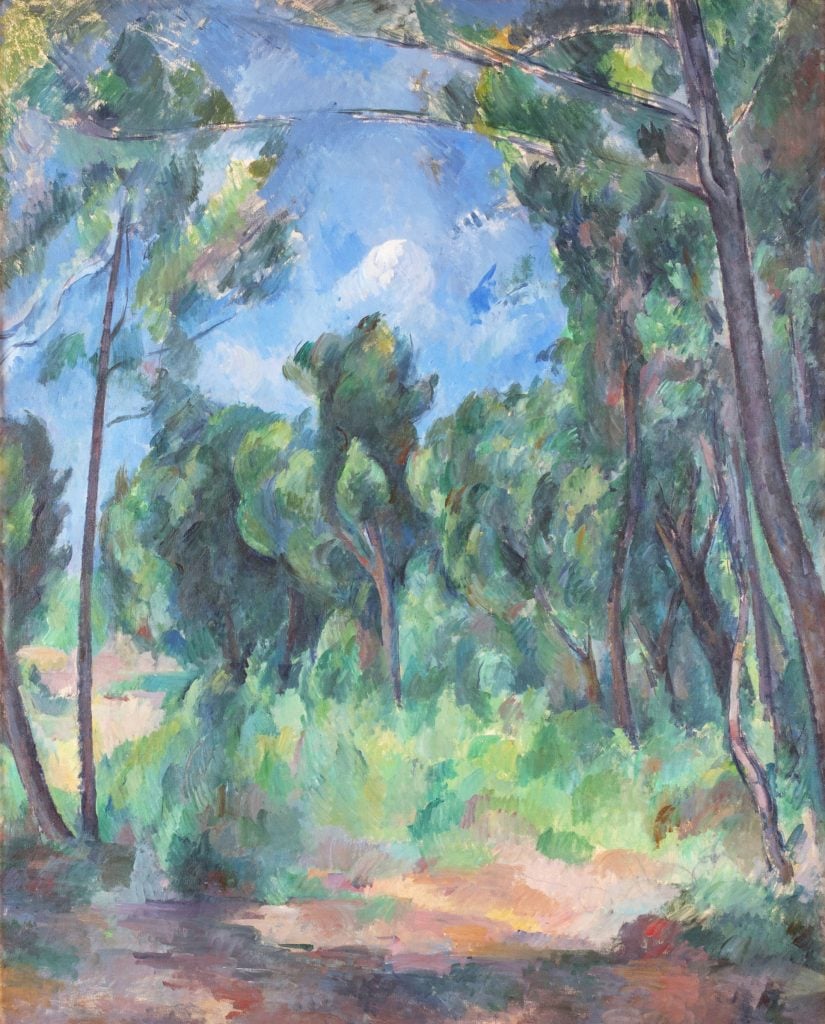
.
The consignment includes Paul Cézanne’s Clairière (The Glade) from around 1895, estimated at $30 million to $40 million; Henri Matisse’s Fleurs ou Fleurs devant un portrait (1923), estimated at $15 million to $20 million; and a late Pierre-Auguste Renoir, Nu s’essuyant (1923), estimated at $3 million to $4 million. All three are guaranteed by Sotheby’s.

Pierre-Auguste Renoir, Nu s’essuyant (1912). Courtesy of Sotheby’s.
- While Whitehead stated that each work moved him in different ways, he professed Pierre-Auguste Renoir’s Portrait of André Bérard, to be his favorite.
- “If I had to spend the rest of my life on a desert island and could take only one of the pictures from my collection with me, I would take this one,” Mr. Whitehead wrote. “It is a simple portrait, done in pastel, and not very large. But I find it completely beautiful. There is such innocence to the boy. Is that my inner self? A happy memory of when my own children were young? I don’t know.”
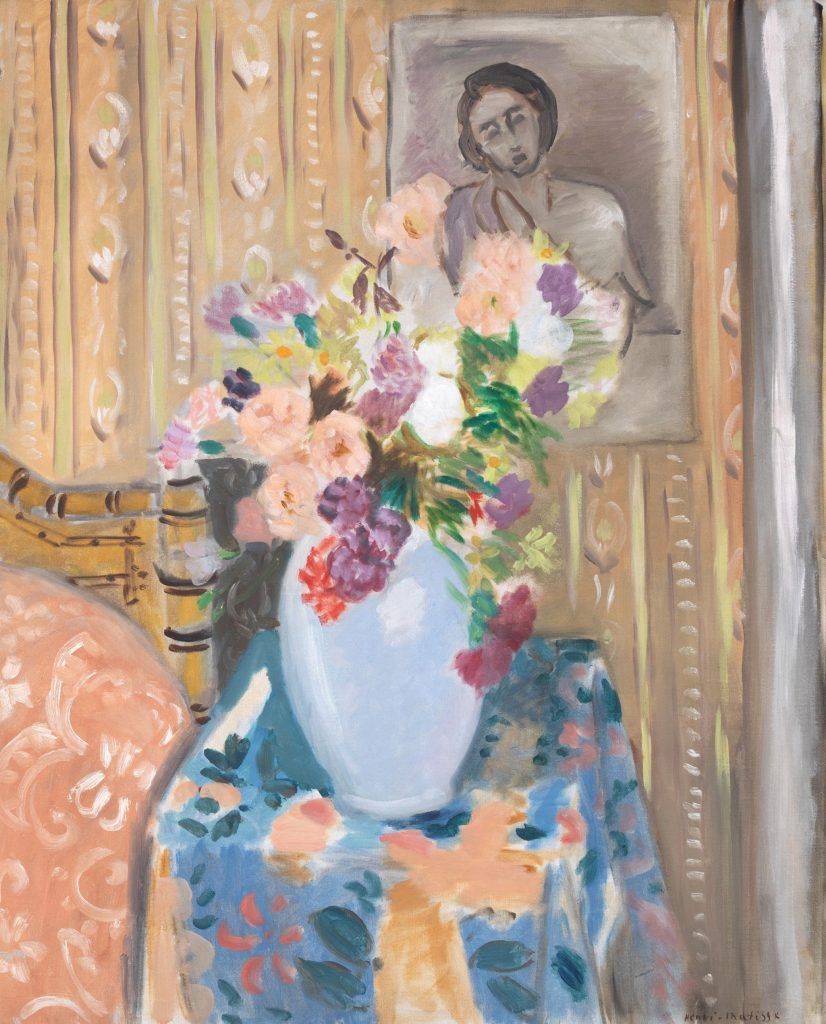
Henri Matisse, Fleurs ou Fleurs devant un portrait (ca. 1924). Courtesy of Sotheby’s.
Works by the most celebrated artists of the Modern era will be offered in the 6 December auction: Picasso, Matisse, Chagall and Cézanne and Renoir are among the modern masters represented. "Nymphs" by Henri Matisse is an entrancing charcoal drawing from circa 1945 (lot 3241, CHF 120,000/180,000). Here the artist takes up a theme that permeated his work throughout his career, and his creative process is visible in the partially effaced traces of the underlying charcoal strokes.
In "Bol, boîte à lait et bouteille" (lot 3225, CHF 300,000/500,000), Paul Cézanne experiments with the shifts in perspectives that made him a pioneer of modern art for many later artists. Still lifes by Cezanne are rare on the market: in the past ten years, only 13 have come to auction.
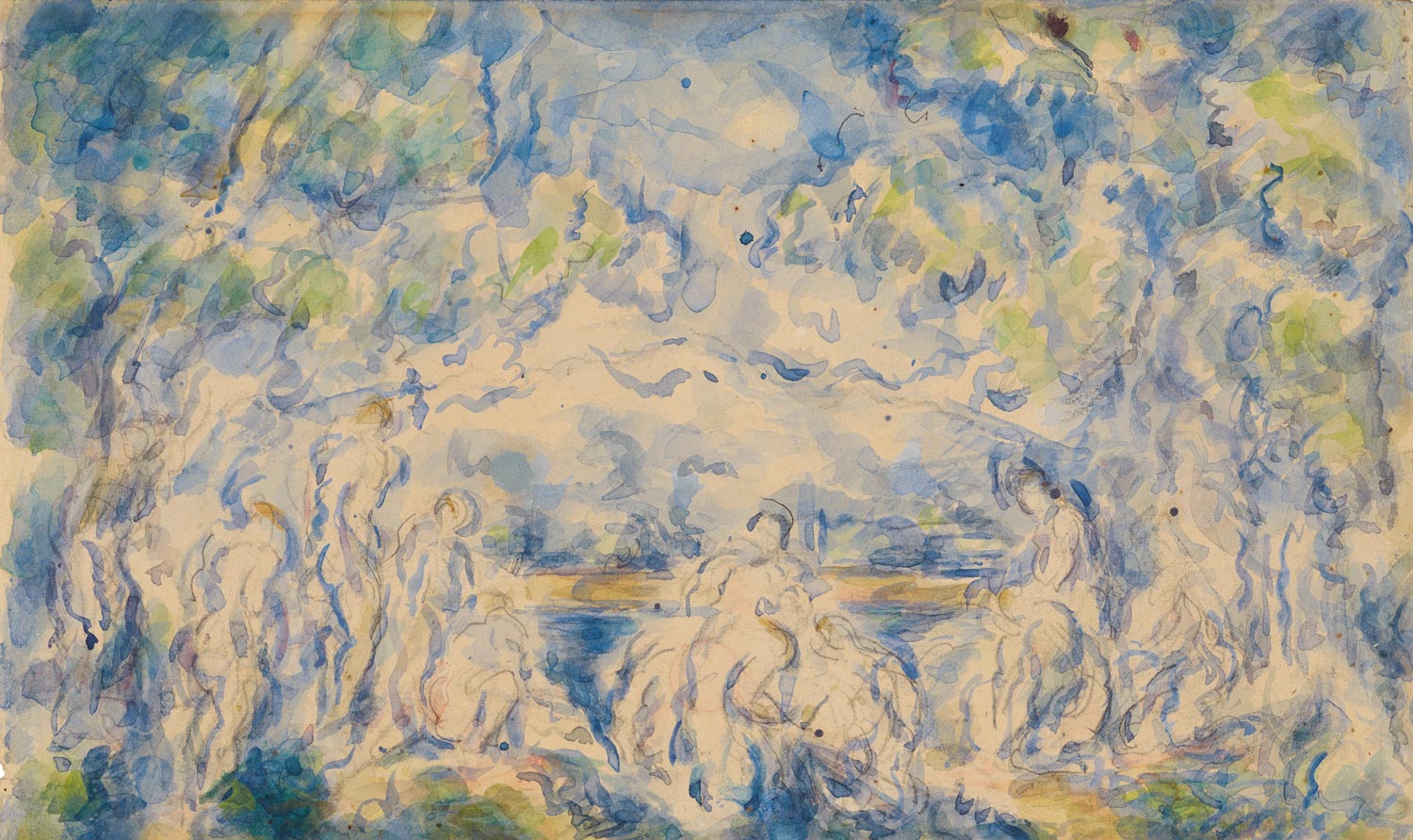
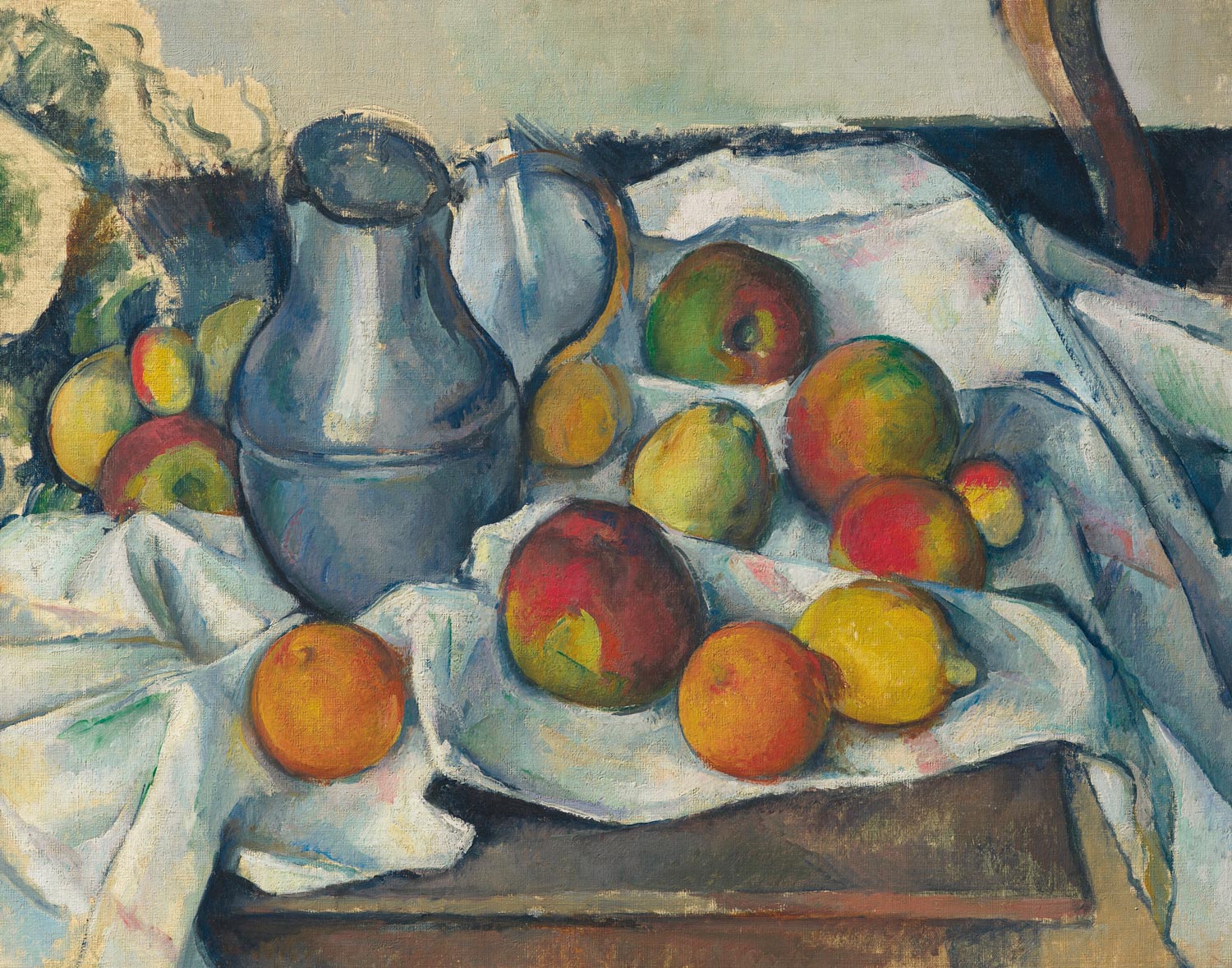
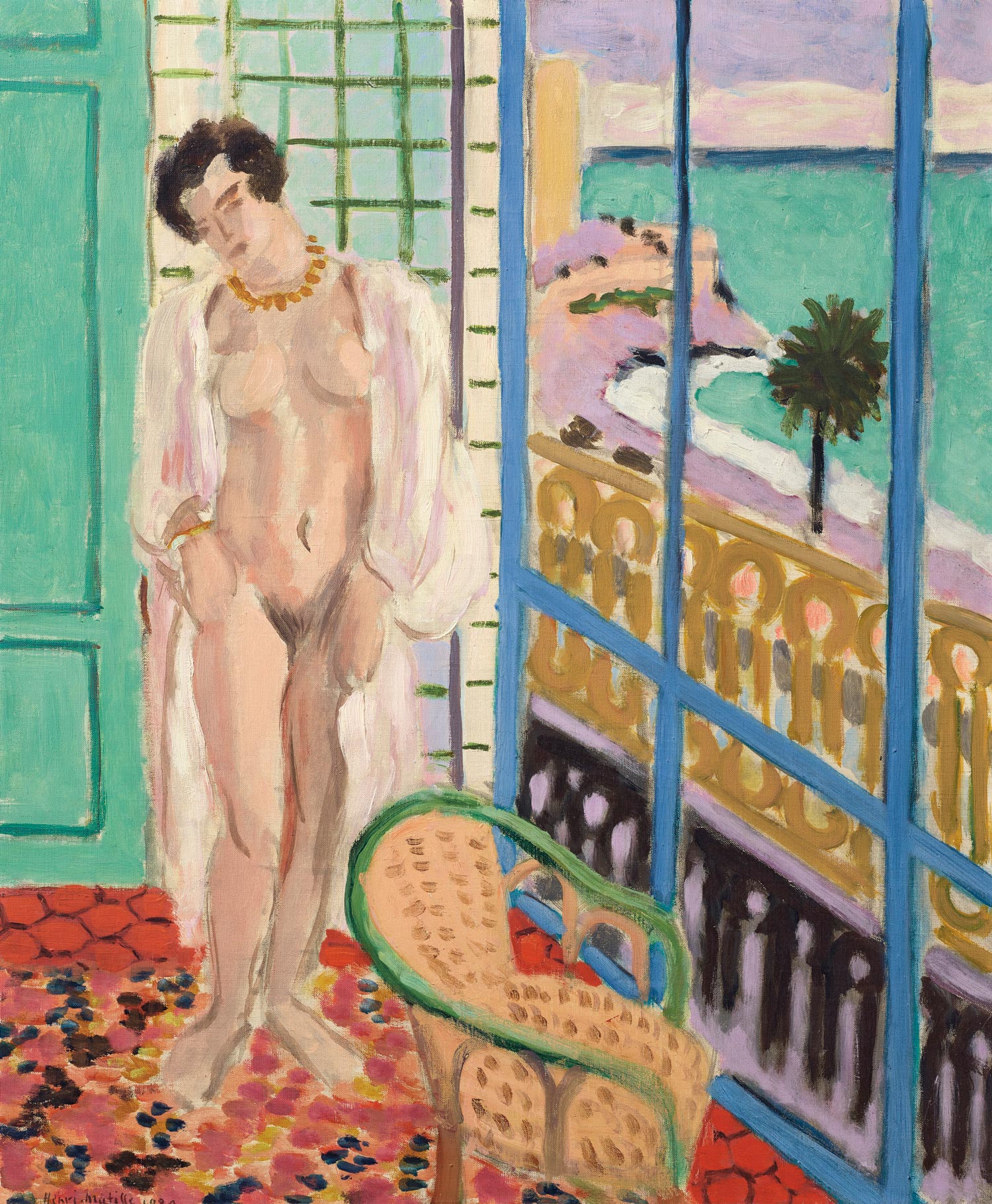

The most important work by Henri Matisse to be offered on the market in a generation is Odalisque couchée aux magnolias, painted in Nice in 1923 (estimate in the region of $50 million). The subject of the odalisque, the reclining female figure, held special significance for Matisse as it presented the opportunity to measure his art against past masters. Odalisque couchée aux magnolias, with its symphonic synthesis of pattern and form, has long been counted among the greatest of Matisse’s paintings in private hands. This sumptuous painting resided in the living room of Peggy and David’s Hudson Pines home. Odalisque couchée aux magnolias is also the highest estimated work by Matisse to ever be offered at auction.
Henri Matisse (1869-1954), Les régates de Nice, 1921. Estimate: $12-18 million.
Les régates de Nice, 1921, by Henri Matisse (estimate: $12-18 million)was painted only a few years into the artist’s life-long love affair with the city of Nice on the Cȏte d’Azur, this work was likely completed during the early spring of 1921. Les régates de Nice, portrays two young women at ease, in an airy, luminous interior, with a large French window opening to blue skies and the sea in the distance—classic hallmarks of Matisse’s art during the early 1920s. The standing figure is Henriette Darricarrère, the best known of Matisse’s models, and the second seated figure on the balcony is in fact Marguerite Matisse, the artist’s 26-year-old daughter, who had been staying with her father in Nice since late 1920.
In contrast to the often-gray atmosphere of the north, the artist delighted in the Mediterranean light during the winter. He moreover recognized that in this light, the way in which he organized his new pictures required a new synthesis of conception. The window, as the conveyor of light, became the crucial motif in the exploratory process Matisse commenced in early 1918. Matisse viewed the interior in Les régates de Nice as if from a ladder-like height, resulting in a perspective that flattens the deep space, which extends from the interior foreground to the far marine horizon. Throughout this vast distance, Matisse employs cinematic deep focus: every pictorial element, regardless of placement, is accorded the same degree of clarity.
RENOIR
Canotage á Bougival (circa 1881, estimate: £3,700,000-4,700,000), a landscape by Pierre-Auguste Renoir, formerly in the collection of Albert C. Barnes, painted at a transitional moment in his career.
Renoir is likely to have painted Canotage á Bougival in the spring of 1881, soon after returning from a two-month trip to Algeria, his first ever voyage outside of France. During his travels, the artist had devoted himself fully to landscape painting, revelling in the dense and luxuriant foliage of palm and banana trees. Seeking to maintain the creative energy that the Algerian vistas had inspired in him, he continued to paint landscapes that bear witness to one of the central tenets of Impressionism: the plein-air master standing outdoors. Canotage á Bougival was acquired in 1920 by one of the most important collectors of the 20th Century: Dr Albert C. Barnes. Barnes's collection of modern art remains among the greatest of its kind, and features many works by Renoir, whom Barnes admired above all other painters.
MATISSE
Henri Matisse’s Jeune fille aux anémones sur fond violet (1944, estimate: £5,000,000-7,000,000), is part of a series of interior scenes that the artist created whilst living in Vence in the South of France
Depicting a young artist, Annelies Nelck, Jeune fille aux anémones sur fond violet is the first of three portraits by Matisse that features this model. Of these three works, the present oil is the only one to remain in private hands; the other two reside in the Musée Matisse, Nice, and the Honolulu Museum of Art, Hawaii. Wearing a red and orange Romanian blouse – one of Matisse’s adored collection of lavish dresses and ornate costumes that he often depicted his sitters in – Nelck is surrounded by blossoming flowers against a soft, mauve background, bringing Matisse's lifelong preoccupations with colour and line to a triumphant conclusion.
Henri Matisse La Leçon de piano (1923) Estimate: £12,000,000-18,000,000
An exceptional painting by Matisse, La Leçon de piano has emerged after 89years in a private British collection. Combining music and art, two of the artist’s greatpassions, this intimate work is one of the finest interior compositions from Matisse’s early Nice period, which rank among the boldest and most life-affirming in Matisse’s œuvre.The vibrantly coloured and highly patterned fabrics that make up the interior have become synonymous with his art from the 1920s, and in this painting they are complemented by the piano on the left, while the composition is centred around the figures of Henriette Darricarrère, Matisse’s favourite model of this era, and her two younger brothers.The painting was acquired by the late Royan Middleton, whose collection is one of the least known and most fascinating of all those formed in Britain from the 1920s onwards.
